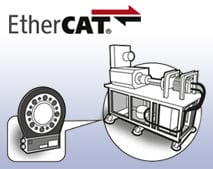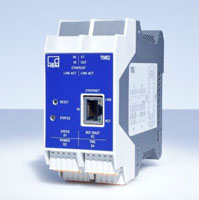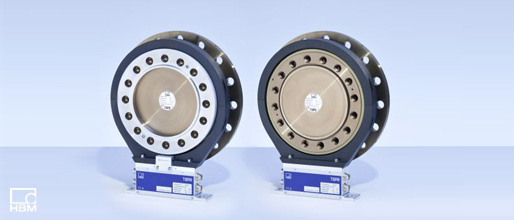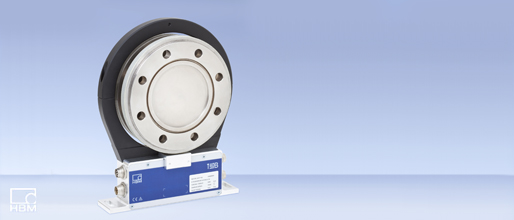The HBM T40B and T40FM digital torque transducers meet the automotive industry's stringent requirements. In addition to familiar output signals such as frequency and voltage, they feature a TMC (Torque Measurement Communication) digital interface on the stator for outputting torque signals. In addition, these torque transducers can now be upgraded with the new, highly flexible TIM-EC interface module, which can enhance their performance and expand their potential applications significantly. As a result, they can be integrated into automation and control systems via both traditional signals and modern Ethernet-based Fieldbus technology such as EtherCAT.
TIM-EC is a two-channel interface module. In addition to the TMC digital torque signal, RS-422-compatible rotational speed signals from series T40 torque transducers can be connected. The following process data and measured values are provided via the EtherCAT bus:
- Torque
- Rotational speed
- Angle of rotation
- Power
Torque and rotational speed signals are also available through the module's 10+2 backplane bus. This offers extreme flexibility and modularity, which is a real plus, particularly for integration into higher-level control and automation systems. A single transducer can be operated on two separate TIM-EC units that are connected to each other via the backplane bus. All settings (for example, signal conditioning) can be changed independently from each other and without any secondary effects. As a result, control and automation levels can operate in an optimal way and react flexibly to the requirements of the tasks at hand. The system’s modular architecture allows it to be upgraded at any time.




